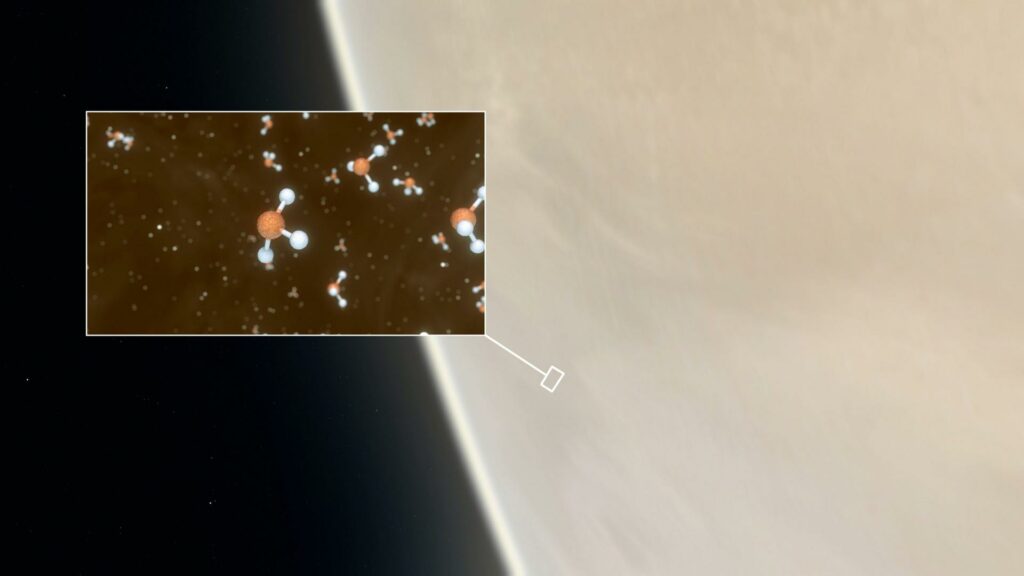The SOFIA Stratospheric Observatory failed to find traces of phosphine in the atmosphere of Venus. This matter is a biomarker indicating the possibility of the existence of life.

In 2020, an international team of researchers announced the discovery of traces of phosphine in the atmosphere of Venus. This news caused a sensation in the scientific community. The fact is that phosphine is a biomarker. On Earth, this gas is formed exclusively during production processes or as a result of the vital activity of microbes in oxygen-deprived environments.
However, quite a few scientists expressed doubts about the correctness of the results obtained. Critics pointed out that the researchers could misinterpret the data and confuse phosphine with other compounds (for example, sulfur dioxide). It is also pointed out that even if there really is phosphine on Venus, it may have been formed during abiogenic processes, such as volcanic activity.
Astronomers from the USRA (Universities Space Research Association) decided to perform their own verification of the phosphine data on Venus. For this, they used the help of the SOFIA Stratospheric Observatory. It is an infrared telescope mounted on board a Boeing 747 aircraft.

In November 2021, SOFIA performed three flights, conducting a spectral analysis of the atmosphere of Venus at altitudes from 75 to 110 km. During the subsequent analysis of the data, astronomers were unable to find any traces of phosphine. According to the researchers, if it exists in the atmosphere of Venus, then the gas concentration is below the sensitivity limit of SOFIA (0.8 molecules per billion). In turn, the authors of the original article in 2020 reported the detection of a phosphine concentration in the amount of about twenty molecules per billion. Thus, SOFIA’s data dealt a new blow to the positions of scientists who believe that some kind of microbial life may exist in the upper layers of Venus.
The search for phosphine has become one of SOFIA’s last tasks. In September 2022, the observatory made its last flight, after which NASA closed the project. This decision was motivated by the fact that maintaining the operation of a flying telescope costs too much compared to its scientific output. Another reason was the commissioning of the James Webb Space Observatory, capable of taking over all the functions of SOFIA.
According to https://www.space.com
Follow us on Twitter to get the most interesting space news in time
https://twitter.com/ust_magazine

